Premium tin box...
Tin box printing process and advantages
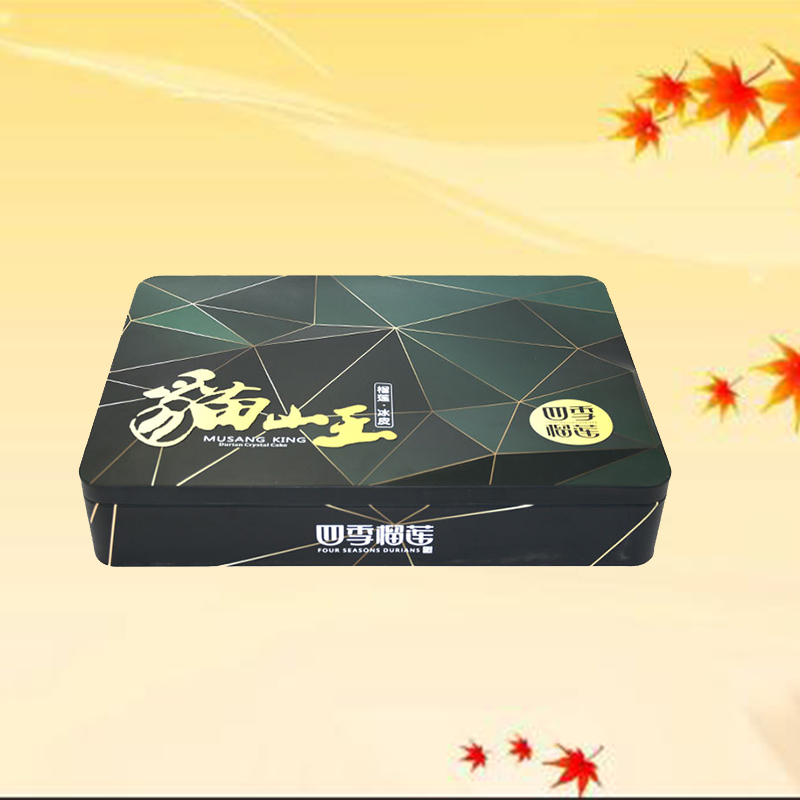
Our enterprise produces more than 10 million tinplate moon cake boxes every year. We have 5 automatic production lines. Produce tin cans used by food companies and chemical companies to print, stamp, shape, inspect, package and distribute food tin boxes to customers worldwide. We use different printing methods and food grade tinplate materials to produce tin cans. The following describes the material characteristics and printing process of tinplate moon cake box by Shang Zhimei.
1. Packaging materials-tin iron
Most of the raw materials of moon cake tin boxes on the market today are tin iron. Tin-iron is a common name for electroplated tin thin steel plate, the English abbreviation is SPTE, also known as tin-plated iron. Tin mainly plays a role in preventing corrosion and rust. It has the characteristics of corrosion resistance, non-toxicity, high strength and good ductility. The surface plating layer has specific iron lines and brightness, and the surface lines are irregular horizontal stripes. Tin iron is distinguished by different amounts of tin plating, usually between 1.0 and 5.6, expressed as 10#, 25#, 50#, etc.
The tin content commonly used in tinplate cans is 2.8 (front and back). The higher the amount of tin plating, the higher the brightness of the iron sheet, the stronger the adhesion, and the poorer the ability to attach to plain iron, easy to scratch. Conversely, the lower the amount of tin plating, the easier it is to burn oil and blacken the deep-drawn iron. According to the hardness of iron, the commonly used irons are T2.5 and T3. The deepened iron box is suitable for T2.0, and the special requirements for deep drawing are T1 irons, such as Christmas balls.
2. Advantages of tin-iron
Our tin-iron raw materials are coated with varnish and transparent oil to provide maximum protection. The sheet metal is coated in our own factory to ensure the best quality. Our different production process structures are designed to ensure product integrity and safety, and protect products from the external environment. The materials processed by the printing process can be used for various food packaging and chemical packaging, and can provide:
1) Optimized barrier performance can protect light and oxygen
2) Preserve the nutrients of the product, such as vitamins
3) Extended product shelf life, freshness and quality assurance
4) Good sealing, can effectively prevent leakage
5) The printed colors are attractive and attractive
6) Recyclable, economical and environmentally friendly
3. Tin plate printing process
Machine print proofs on iron plate
Machine printed proofs are produced on the printing press. In this process, the same printing technology, printing ink and sheet metal quality are used to print the actual blank. Machine printing proofs are the most expensive, but they naturally provide the best match compared to the final product. Four widely used printing technologies: standard flexographic printing, white magnetic printing, white ink printing, offset lithography.
1) Standard flexographic printing is an efficient printing method for iron blanks. It is mainly used for designs that contain a large number of solid areas with solid colors, bold and sans-serif fonts, and motives that do not have a decisive effect on color and color registration accuracy.
2) White magnetic printing
White Magnet: White magnetic ink printing, abbreviated as white magnet, is a kind of anti-counterfeiting printing technology of special ink, which is a method of adding magnetic substances to the ink for printing.
White magnets are generally divided into three types according to hue:
① Pure white magnetism: yellow phase, yellowish surface. Special adjustments are required. If there are no special requirements, selection is not recommended.
② Blue and white magnetism: blue phase, blue surface. Most white magnets refer to blue and white magnets.
③Red and white magnetism: red phase, reddish surface.
3) White ink printing, white ink: white ink can only be printed but not coated. The white ink printing process is used because some processes require partial iron penetration.
4) Offset lithography
The company's Heidelberg presses can provide offset printing to meet high print quality requirements. Offset printing allows copying and printing solids, photographic images and fine screen displays. Our advanced offset presses are equipped with the latest technology. This includes UV ink curing, which enables high-quality printing on blank PE-coated boards. Offset lithography is suitable for 4-color color printing, as well as designs that need to replicate details and levels. Four-color printing can be combined with up to two spot colors.
For more tin box information, please follow us and provide free consultation services on related issues.



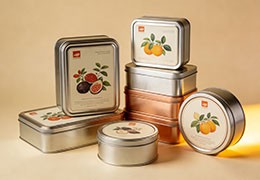

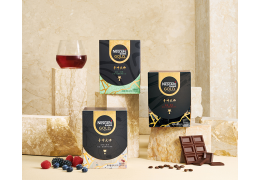
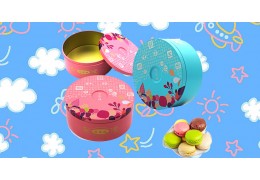
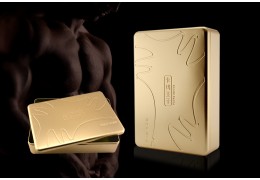
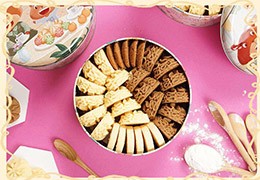
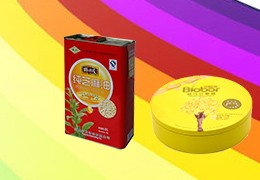

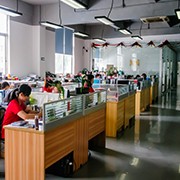


Latest comments